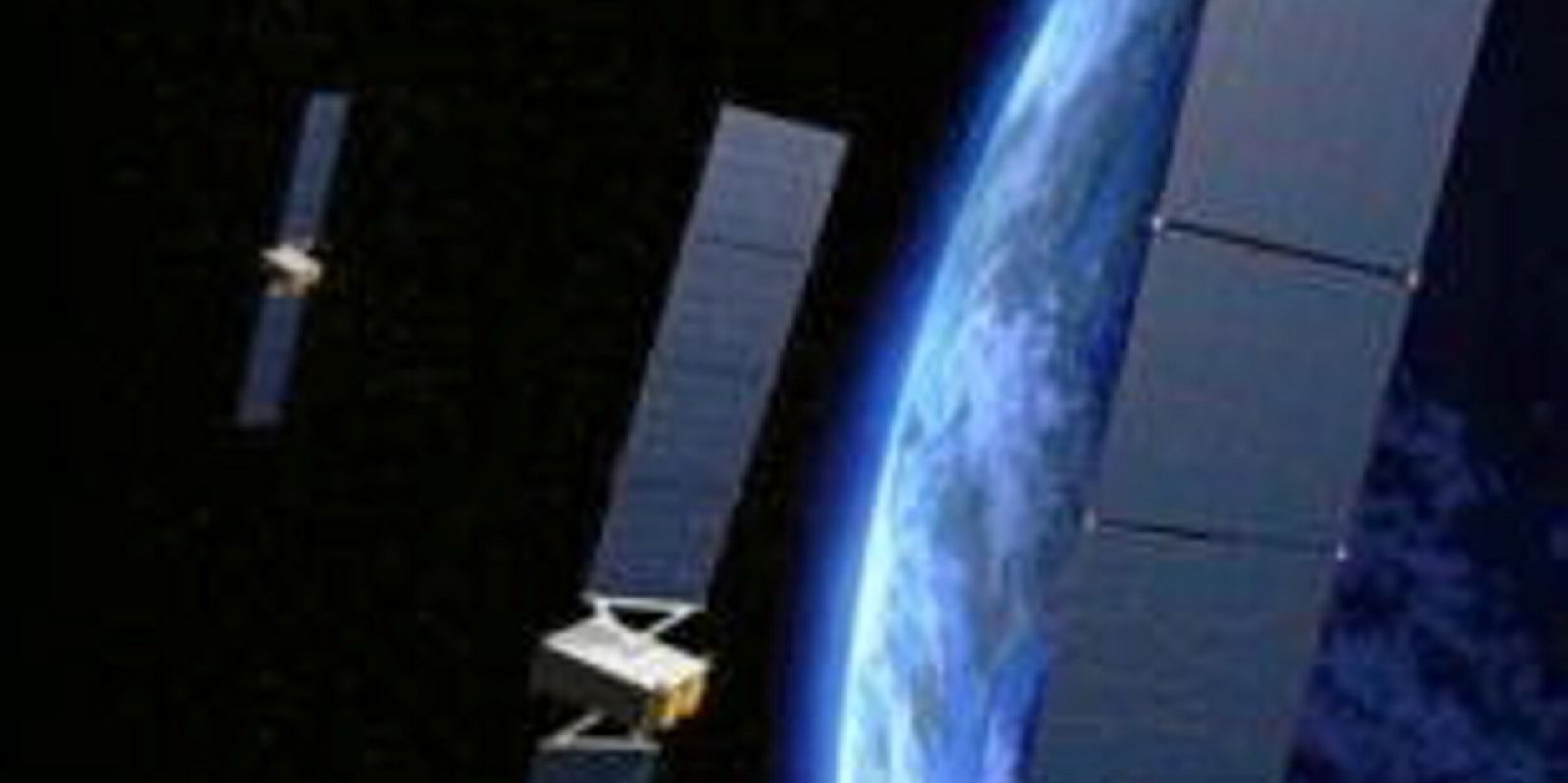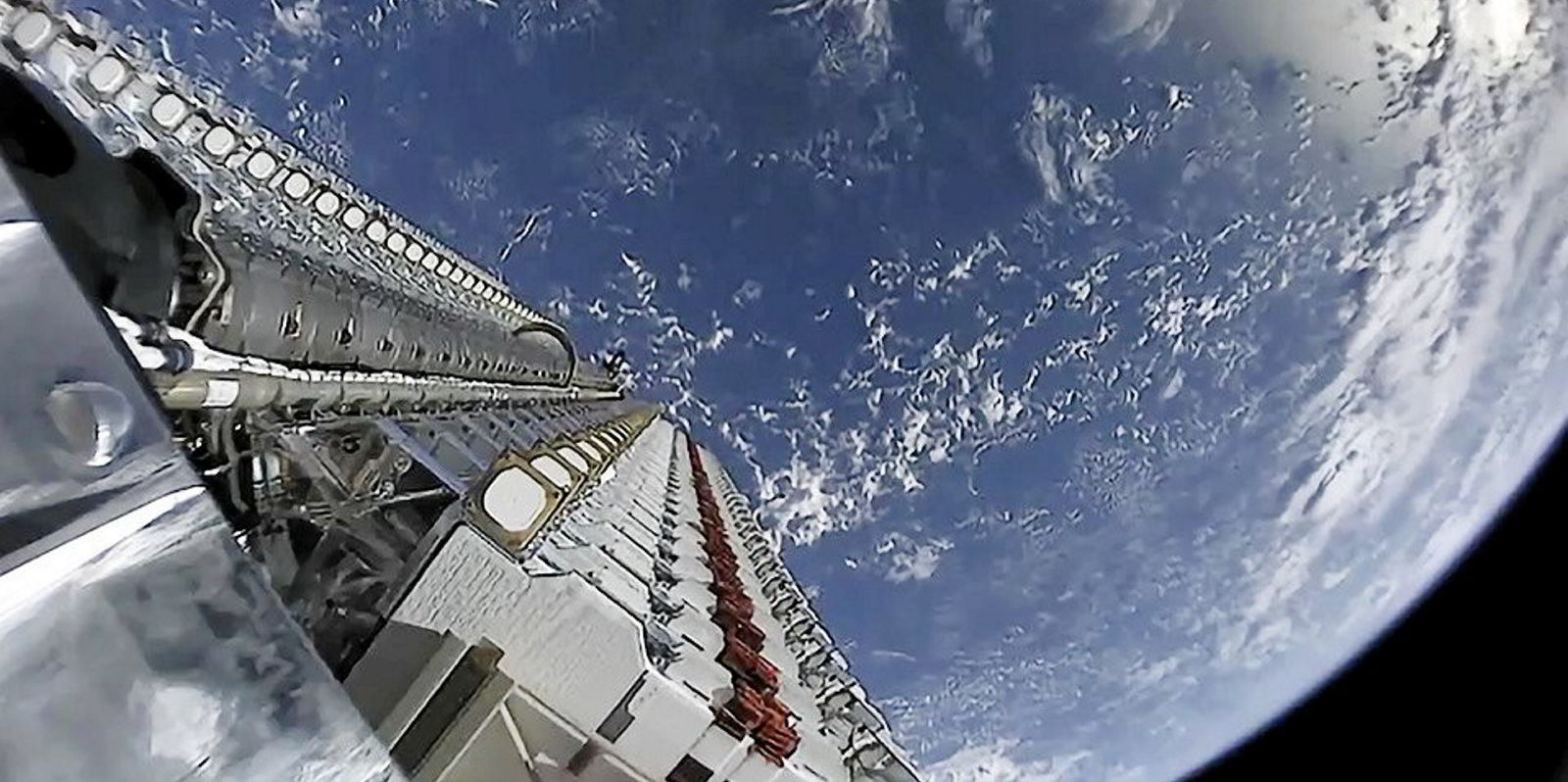Japan’s Mitsui OSK Lines has become one of the first major cargo shipping groups to trial Elon Musk’s satellite communication service Starlink.
MOL has signed a memorandum of understanding with hydrid network provider Marlink to start using the low earth orbit (LEO) satellite network on selected ships that it operates.
LEOs promise high-speed and low-delay signals but need to switch between satellites much more often than traditional high level geostationary (GEO) satellites that cover huge areas of the earth.
Operators of LEO units have been building networks to cover oceans that have previously been targeted mainly at land masses, but critics say they will be best suited to shipping when operating near the coast.
MOL said it is expediting efforts to verify the effectiveness and operability of the new offshore technology to enhance operating safety and improve onboard life for seafarers.
Cruise lines Royal Caribbean and Norwegian have signed up as customers for Starlink as they seek fast communication capabilities for holidaying passengers.
Marlink said MOL will use a hybrid solution that interlinks with its GEO services and an L-band back-up. The agreement includes a reliable committed information rate.
Marlink president of maritime Tore Morten Olsen said: “This pilot will demonstrate the unique user experience of high-speed, low-latency connectivity working alongside our highly reliable GEO VSAT [very small aperture terminal] services, enabling shipowners to drive operational efficiency and enhance crew welfare.”
The Starlink service is provided by Musk’s Space Exploration Technologies (SpaceX) satellite network.
In October, there was a furore over whether SpaceX would continue to pay for Starlink internet connectivity in Ukraine after Musk suggested it could not afford to pay the $20m-per-day cost, but then said it would continue services.





